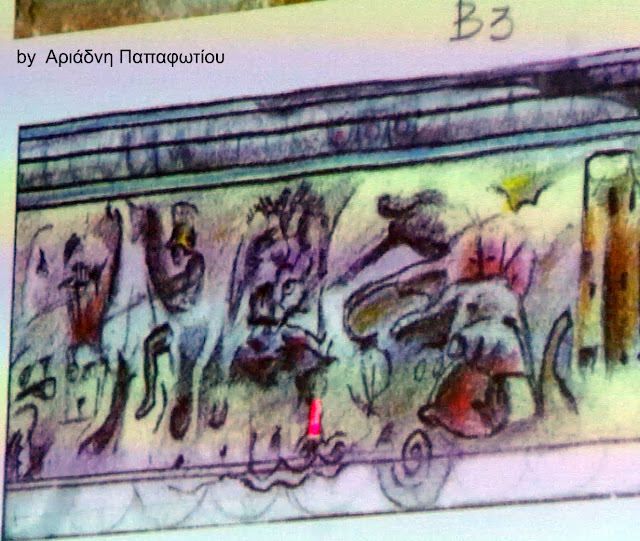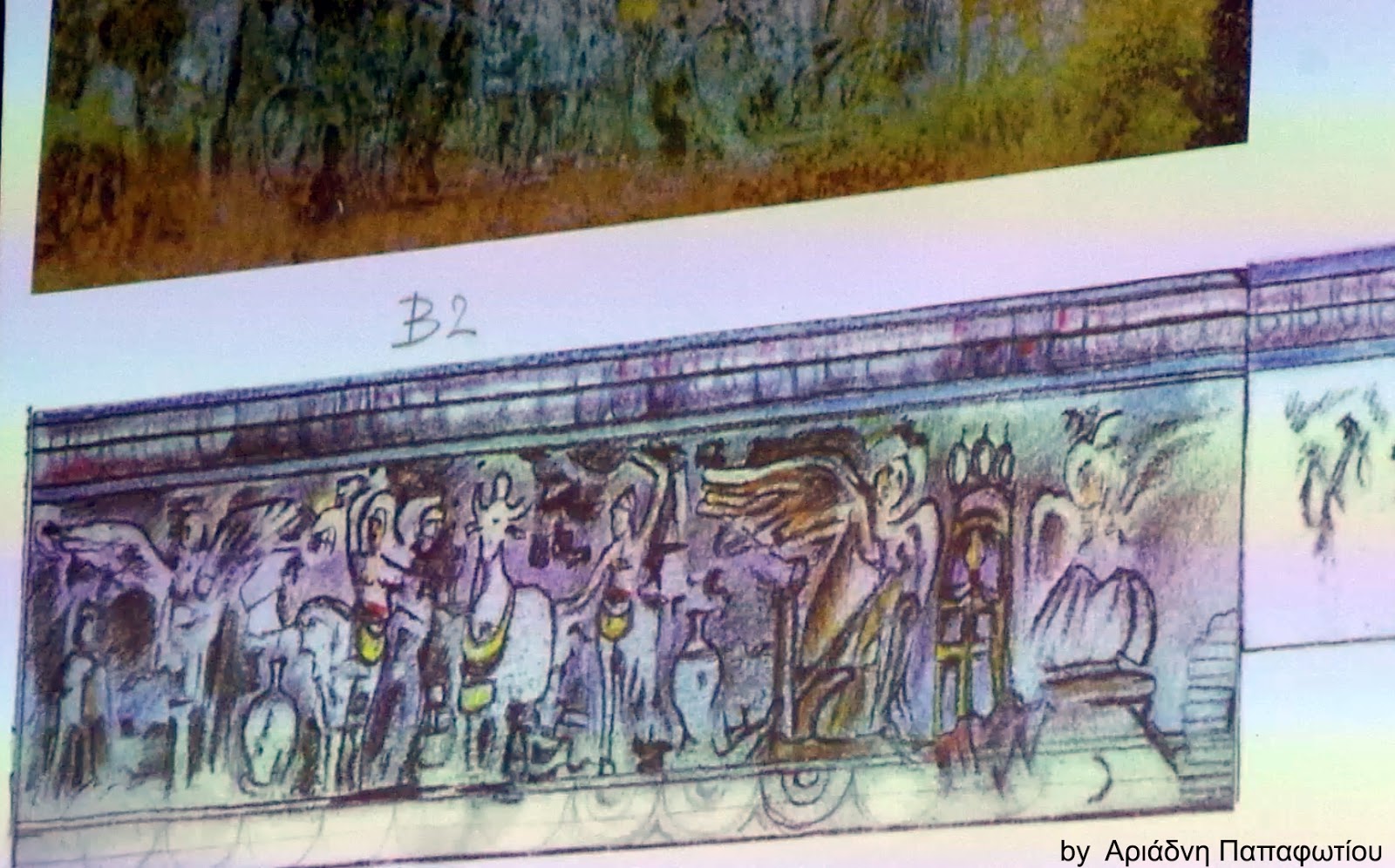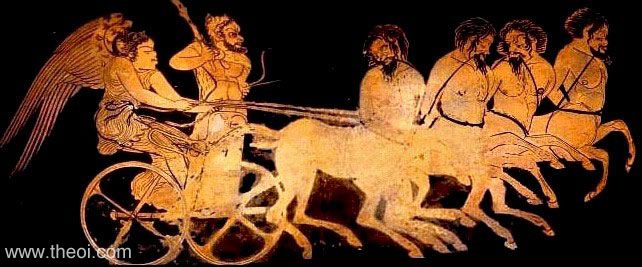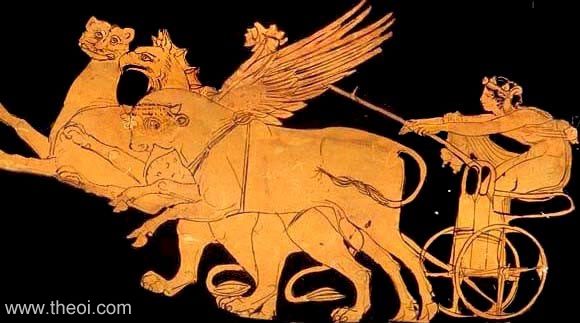Whilst the abstract says 'hoplite shield' this seems like an overly exact translation of the Greek 'aspis', which is just a shield, see the caption to figure 2 where we find 'makedonikes aspides' - Macedonian shields - lacking a rim they are not 'hoplite shields' but for use with the sarissa (a rim prevents the left hand gripping the shaft). Greaves (knemides) are also infantry equipment, but this does not preclude mounted service Macedonian nobles could afford to equip for all eventualities. The shield itself is missing but its existence has been deduced from some remains going on the abstract, there is no separate section on it sadly.
I half agree with Andrew that the place to start is the original photos, but they are not fully available, the first comparanda ought too be Macedonian funerary iconography, however not the whole corpus of Greek art. The 'catch-all methodology' is a flawed basis and can be demonstrated by Corso's ridiculous argument about the form of the tree on the recently announced relief, which he compares positively to a Roman copy of a lost painting rendered in mosaic 1st C AD, a late Fourth century tree in a painted hunt scene and negatively with an encaustic painting of a garden also from the first century AD (Alexander Mosaic, Pompeii; Tomb II facade, Verghina; Villa of Livia, Rome) all lack snakes, so serve a different purpose, none are reliefs so are not comparable in technique, and two are Roman and not funerary!
Once elements seen in other tombs are identified one might consider decorative elements on public buildings and only finally consider features of Greek art generally. Not ignoring coins of course.
This type (her from a Roman issue of Amphipolis, as a clearer picture than the Greek ones on the web see Wildwinds.com for other examples.

- topolos.jpg (11.92 KiB) Viewed 48364 times
The arms raised with a veil is typical and resembles that of the figure to the right of the bull, once a dancer now a second centaur; I see no sun disc on the original. A centaur would be appropriate if 'Tauropolos' is derived from Tauris in the Krimea, as symbolising the barbaric milieu, such a meaning is not clear, however and the term remains obscure.
Zeb, you have to take more than just the tower in to form the cuirass, outlined in red above. I assume that the area is damaged and that the tower etc are projections upon the evidence; a stand of arms would be normal decoration but without seeing the enhanced images I only suggest it as possible. The so-called lion helmet is an inference from their desire for an Alexander link and can be filed under the bulging file of 'Wishful thinking'

Pauline, could you say where the 'debunking' is, i.e. the page, I might get through a section but the whole is a bit too much work, especially without a copious amount of 'Naoussa' for inspiration

When you think about, it free-choice is the only possible option.




